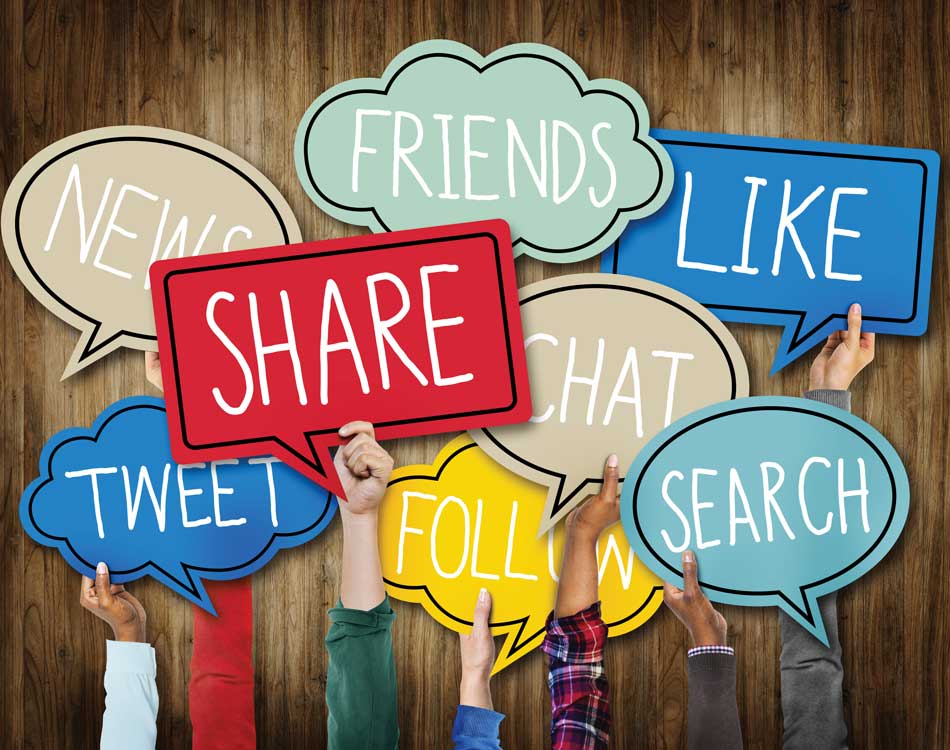
Pamela Oliver-Shepheard, Unit 828 in Texas, is a dual member of the American Legion Auxiliary and The American Legion. She serves as the post home’s adjutant and social media manager.
The big priority in her roles is communication.
“I was a supervisor in the military for 16 years, so communication is important so people know what’s going on,” she said.
The Legion published an article about a texting program for communicating with members, SimpleTexting, and Oliver-Shepheard started using it to communicate with American Legion Family members at the post home.
“Because of the size of our post and the cost, I’m only able to use it on a limited basis, but it is an excellent form of communication. And for us, it can be used quickly in a pinch to notify members about an event or meeting,” she said. “I think members like it better because it allows them to respond easily to acknowledge receipt and ask questions, and it’s easy for me to respond.”
 Oliver-Shepheard said she would recommend the texting service to other units as well.
Oliver-Shepheard said she would recommend the texting service to other units as well.
“I think communication with members is very important,” she said. “Even if a member isn’t able to get physically involved or participate to the level they’d like to, being informed about what is happening still lets them be involved.”
She uses the texting service for meetings and events, and if something comes up that might have forgotten to send in an email, she can push a quick text instead.
In addition to texting, Oliver-Shepheard also utilizes a newsletter as a form of communication. She tries to email the PDF newsletter once a month.
The newsletter often has information about membership, events, and other organizations the Family is involved with.
Oliver-Shepheard also uses Facebook and encourages other units to follow suit.
“I create ALA event announcements, forward emails from the Auxiliary president, and serve as a liaison with the members,” she said.
She also uses the Facebook page to recognize members’ birthdays. Many of them love the extra acknowledgement.
“Every bit helps — it doesn’t have to be big or spectacular or fancy — it just lets them know you are there and doing something for veterans and the community,” she said. “Create a Facebook page, do a one-sheet newsletter. Start with something.”
Between the texting, newsletter, and active Facebook page, more effective communication with members has been making a positive impact.
“It seems the turnout has been a little bit better — even in the community — not just our members,” she said. “Word has gotten out a little more in some of the community about the things we are doing.”
For those unsure of using a texting service, creating a newsletter, or using Facebook, Oliver-Shepheard said, “Just do it.”
You have to begin somewhere
• Start simple: What do you want members to know about?
• Research all communications service providers. Some vendors offer discounts to nonprofits.
• Check out what other ALA units or organizations are doing to communicate. Borrow an idea that looks good.
• Request to join the ALA Public Relations Facebook group to share ideas, ask questions, and let others know what worked or didn’t work for your unit. Join here: www.Facebook.com/groups/ALApublicrelations.
In the spirit of Service, Not Self, the mission of the American Legion Auxiliary is to support The American Legion and to honor the sacrifice of those who serve by enhancing the lives of our veterans, military, and their families, both at home and abroad. For God and Country, we advocate for veterans, educate our citizens, mentor youth, and promote patriotism, good citizenship, peace and security.